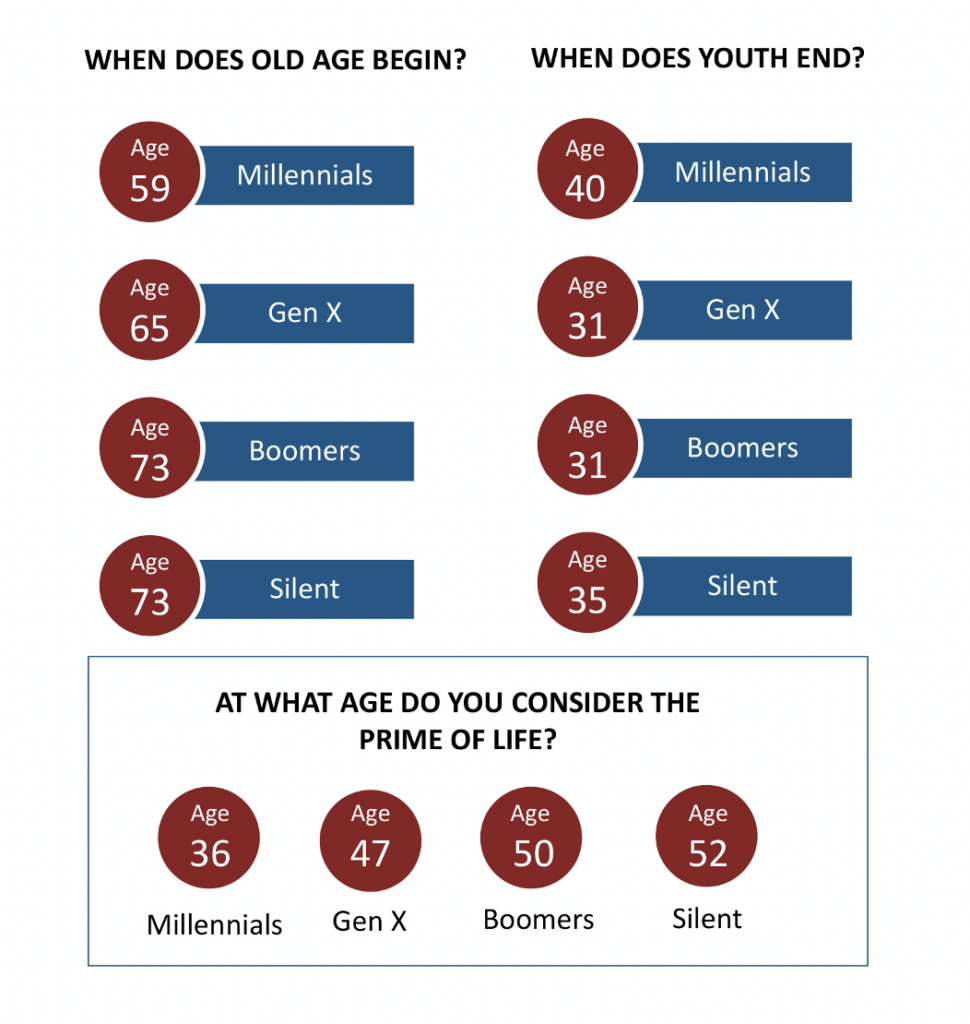During 2020, I’ve spoken to a lot of leaders who are concerned with their diversity recruiting. Every single one of them will say something like, “Tim, we just can’t find the ‘qualified’ diverse talent we need!” Sound familiar? Feel familiar?
I’m not a diversity recruiting strategy expert. I leave that to my friend, Torin Ellis. I do think I’ve got a bit of knowledge when it comes to overall recruiting, though.
When I break down the response I get from most leaders, regarding diversity recruitment I usually have one cringe, and one response. “Qualified?” What do you mean by that? I hear it as, you can find plenty of diverse folks interested in coming to work for you, but none of them, or few of them, are actually qualified to work for you. Is that how you read/hear that?
It makes me cringe a bit because what you’re actually saying is we don’t have a supply problem, we have a training and development problem, but you don’t even realize that. You could have your perfect diverse mix of employees if you just invested a bit in training and developing these great hired into great employees. But, you don’t see the value in that, which makes me think you probably don’t see the value in a diverse workforce, to begin with.
What I actually say to them is this, “You don’t have a diversity recruiting problem. You have a diversity pay problem because finding diverse “qualified” talent is easy. Finding ones that will accept your job, culture, location, and/or average to low pay is really hard!”
Finding talent has never been easier in the history of humanity. We have more technology and tools than ever before. Finding is easy. Recruiting is hard..
Successful recruiting takes some skill. A success recruiter will find the “qualified” diverse talent you are looking for and then they’ll do a few things:
- They’ll get them interested first. They will make them feel desired and wanted by the organization. By the hiring manager. By the team. Being Desired is a powerful drug!
- Next, they’ll discover what that talent actually desires in their career. Quickly, efficiently, like a sniper.
- Then they’ll make a determination: 1. Are we going to meet those desires. or 2. We won’t meet those desires.
- One, you obviously move on to screening, assessing, etc. Two, and you move on to giving something back to this person. “I can’t help you right now, but I’ve taken notes and if I have anything that ever comes close to meeting what you need, I’m going to contact you back.” 99% of recruiters will never say that to a potential candidate.
Honestly, about 25% of the time when you tell someone “I can’t help you, but…” they’ll actually state a desire to keep going. You taking the potential away will make some reveal they actually have an interest. Doesn’t mean you will still move forward, but it’s a nice outcome.
I can easily find you “qualified” diversity talent. Don’t think so, call me. I can find anyone. The problem we’ll run into is that some of that talent is rare and will cost a premium to get. It’s a simple economic proposition, you can buy talent or build talent. They each have their costs and benefits. I find most organizations claim they want to hire diverse talent, but aren’t doing what it will take to make it happen.

